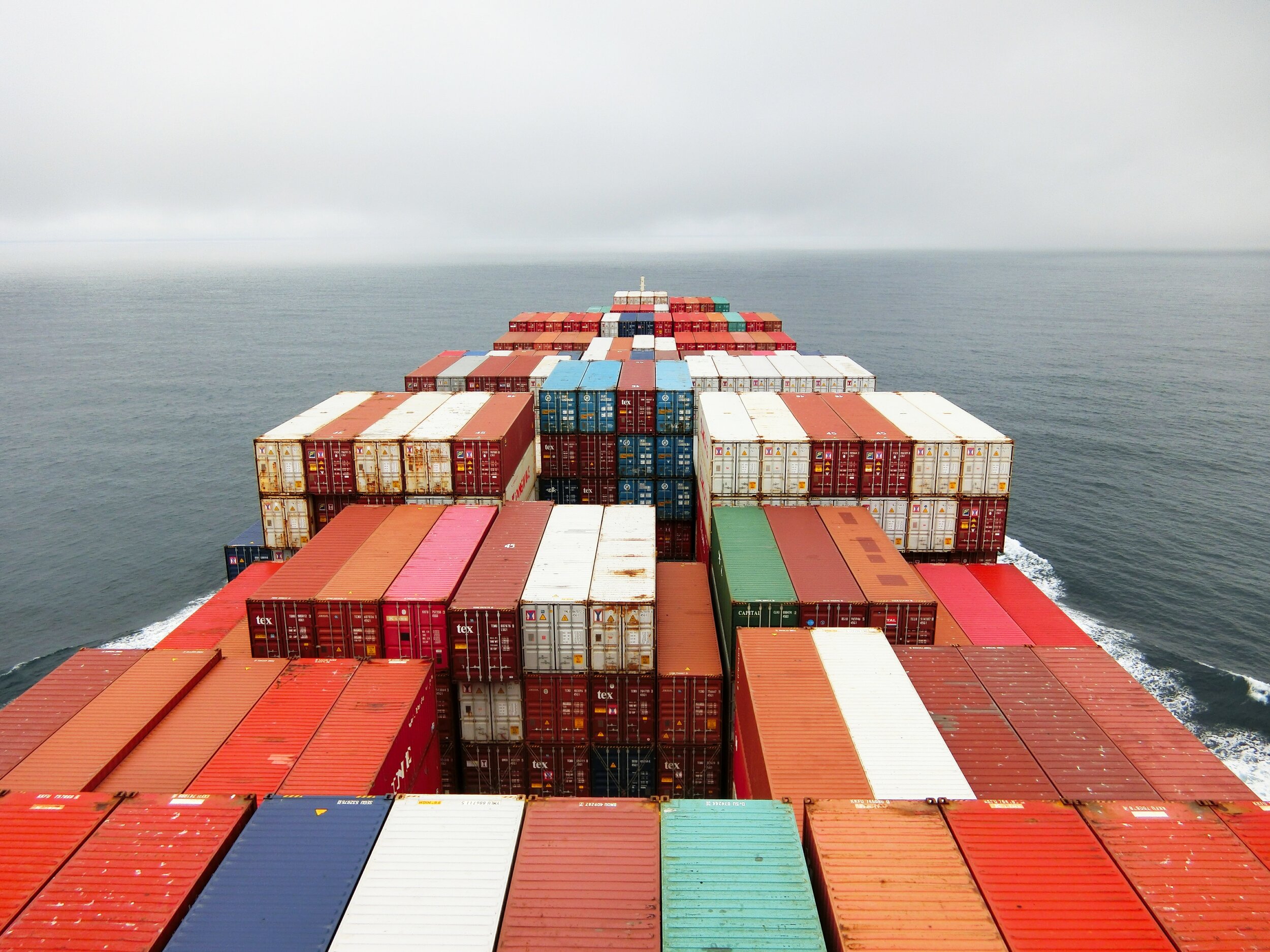Exporting to India is currently challenging due to the ongoing Covid-19 pandemic. Prices for international sea and air freight have doubled since last year. At the same time, the Indian economy is recovering rapidly and consumer spending is on the rise. How do you export to India intelligently? Our supply chain management expert, Shashank Verma, provides advice for companies exporting to India.
Challenges for European exporters
"European companies exporting abroad are currently facing several challenges worldwide," Verma says of the impact of Covid-19 on international trade flows. "Firstly, the number of available cargo ships was already reduced before the pandemic because these boats did not comply with the IMO's new climate rules. Then in 2020, when the pandemic broke out and almost the entire world went into lockdown, there were thousands of containers get stuckwhich in turn caused a shortage of available containers. The combination of these shortages then caused sea and air prices to rise dramatically, by over 300% on some major shipping routes. As a result, many European exporters have had to raise the prices of their products or reduce their profit margins. This leads to lower sales in India."
High prices and too much stock
According to Verma, the problems with international distribution, and the high freight costs that go with it, will be solved only in two years' time. In the short term, this means that European companies need to re-evaluate the demand for their product in India and adjust their strategy accordingly. "We see many exporters making the same mistake," says Verma. "Now that India is open again, large volumes of products are being exported to the country in a short period of time, fearing a third wave and new lockdowns that will bring trade between Europe and India to a halt again. But this tactic can cause problems. Not only are the warehouses overflowing at the moment, but it is also questionable whether these producers will be able to sell all that stock. At the moment, we see that Indian consumers prefer goods produced in India because the prices are much lower than those of imported products. Therefore, it is advisable not to hold more stock in India than you can sell in a quarter. Do you already have a stock surplus in India? Then it is smart to reduce it by redistributing products in the region.
In the long run, a production site in India can bring you a lot".
For the long term, Verma advises companies to look at the possibilities of setting up a production site in India. "Not only does this give you a better competitive edge over local producers and other international players, it also offers you a lot of cost advantages such as the Made in India advantage in tenders, and the opportunity to customise your product or develop new versions of your products that appeal to a wider audience."
Apart from the advantages that a local production site offers you in the country itself, setting up a second factory in India is also a good way to spread your risk. "Not only now, but also in the long run, it is smart to produce in different locations," says Verma. "That way, you can create manufacturing hubs from which you can start exporting in the region for lower cost and greater convenience. In the past, India was known for its restrictive rules for companies coming to manufacture in the country. But the government is increasingly looking to brand India as an export country and is offering interesting subsidies for many sectors."
Are you facing specific problems exporting your product to India that you could use some advice on? Our local experts, such as supply chain management expert Shashank Verma, are ready to assist you. Please feel free to contact us and together we will look for the best approach to your challenge.

